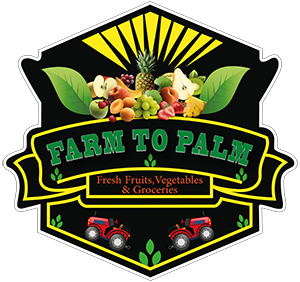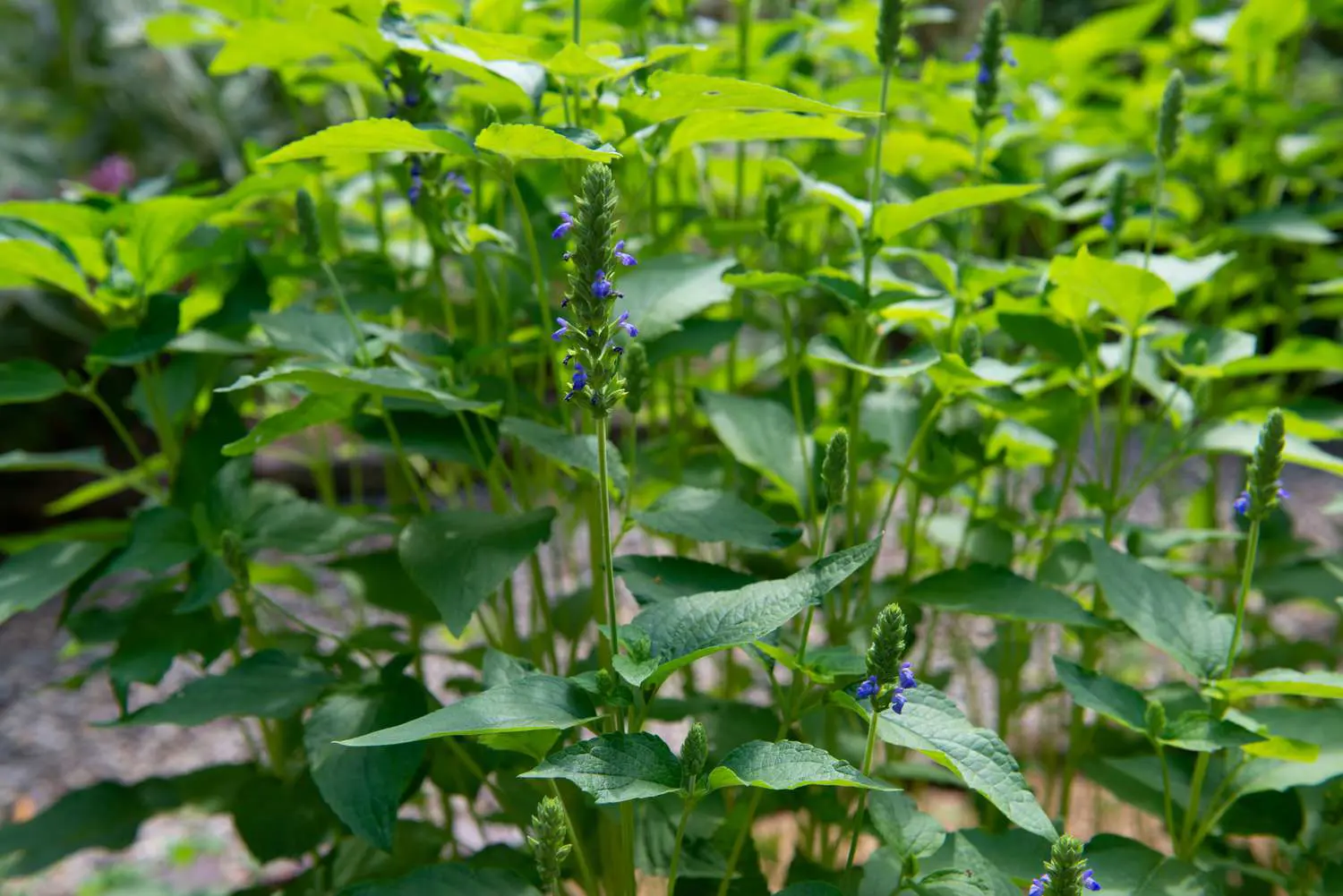Have you ever heard of chia seeds? These tiny, nutrient-rich powerhouses are becoming increasingly popular in the health and wellness world. But have you ever wondered where chia seeds come from? These little seeds have a fascinating history and have been valued for their medicinal properties for centuries. Today, we will explore the origins of chia seeds and look at their impressive health benefits.
From ancient civilizations to modern-day health enthusiasts, chia seeds have captured the attention of many. So, I was hoping you could grab a cup of tea, sit back, and join me on a journey to discover the fascinating world of chia seeds. Explore these tiny superfoods’ history, cultural significance, and nutritional value. You might be surprised by what you learn!
Where did Chia come from?
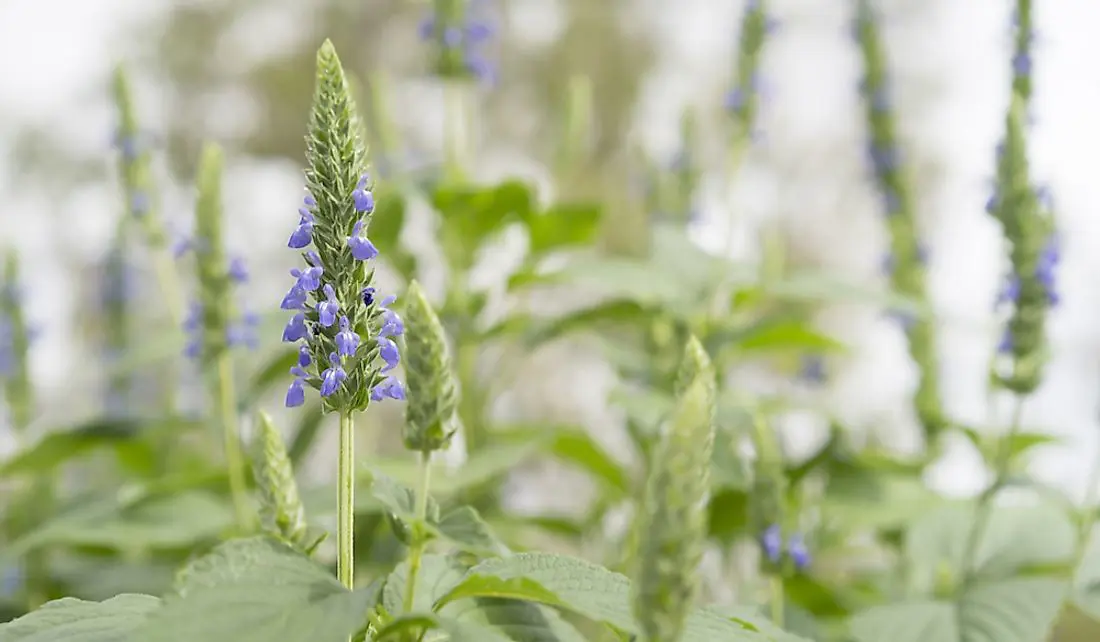
Chia, which is scientifically known as Salvia hispanica, also referred to as Mexican Chia or Salba Chia, is a flowering plant belonging to the mint family (Lamiaceae) highly valued for its nutritious seeds, which are deliciously edible.
This plant is primarily native to Mexico and Guatemala, where it played a pivotal role in the pre-Columbian era as an essential crop for the Aztecs and various other Mesoamerican Indian cultures. Due to its seeds’ incredible health benefits, Chia has recently returned, and it’s now a prized superfood consumed worldwide.
Are chia seeds edible?
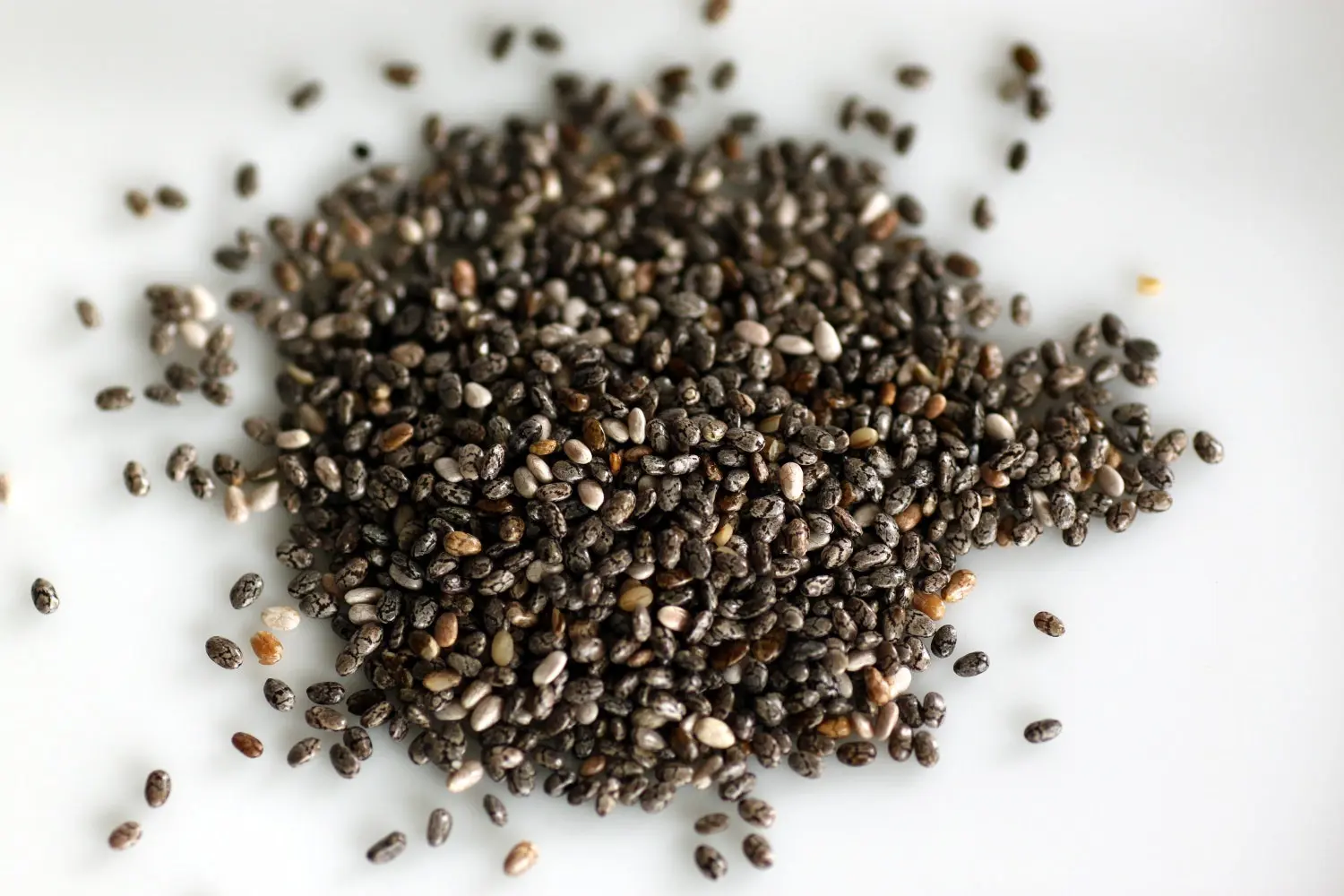
Yes, Chia seeds are indeed edible and are derived from the Salvia hispanica plant, which belongs to the mint family (Lamiaceae). They are versatile superfoods that can be consumed in several ways and offer many health benefits. Originally native to central and southern Mexico, chia seeds have become famous throughout the world due to their incredible nutritional value.
They are also a great source of omega-3 fatty acids, fiber, and antioxidants. People often incorporate chia seeds into their diets by adding them to smoothies, oatmeal, and salads or even using them as an egg substitute in baking. With their mildly nutty flavor and impressive nutrient profile, chia seeds are a fantastic addition to any diet!
Is Chia a hardy plant?
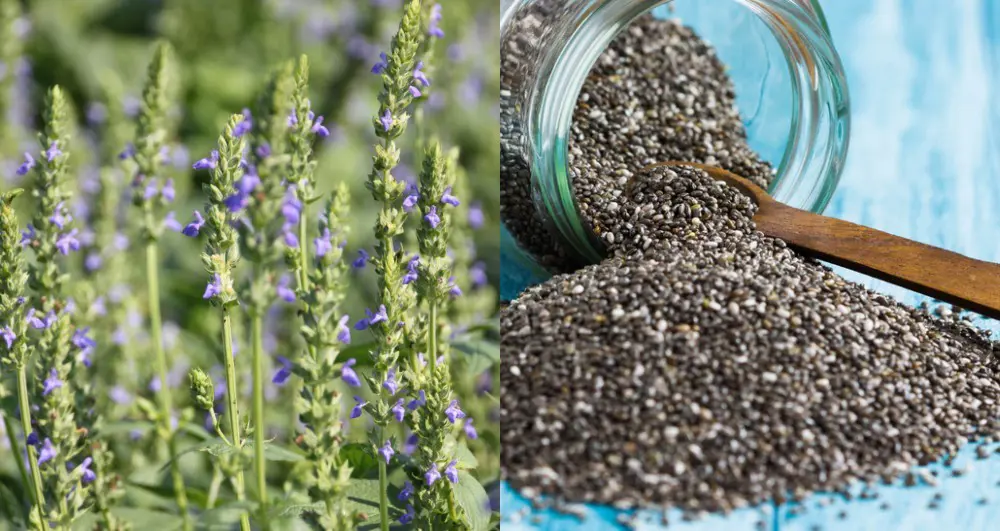
According to the USDA, Chia is a sturdy crop that can grow in Zones 9–12. However, it’s important to note that sometimes plants cultivated as S. hispanica are Salvia lavandulifolia. Regardless, the seeds of Chia are small ovals, measuring only about 1 mm in diameter, or 1/32 of an inch. They have an attractive motley appearance, with shades of brown, gray, black, and white.
One of the most remarkable features of Chia seeds is their impressive hydrophilic properties. When these little seeds are soaked, they can absorb up to 12 times their weight in liquid. As a result, Chia seeds have become increasingly popular as a nutritional supplement, as they help keep us fuller for longer.
How many Chia plants are there?
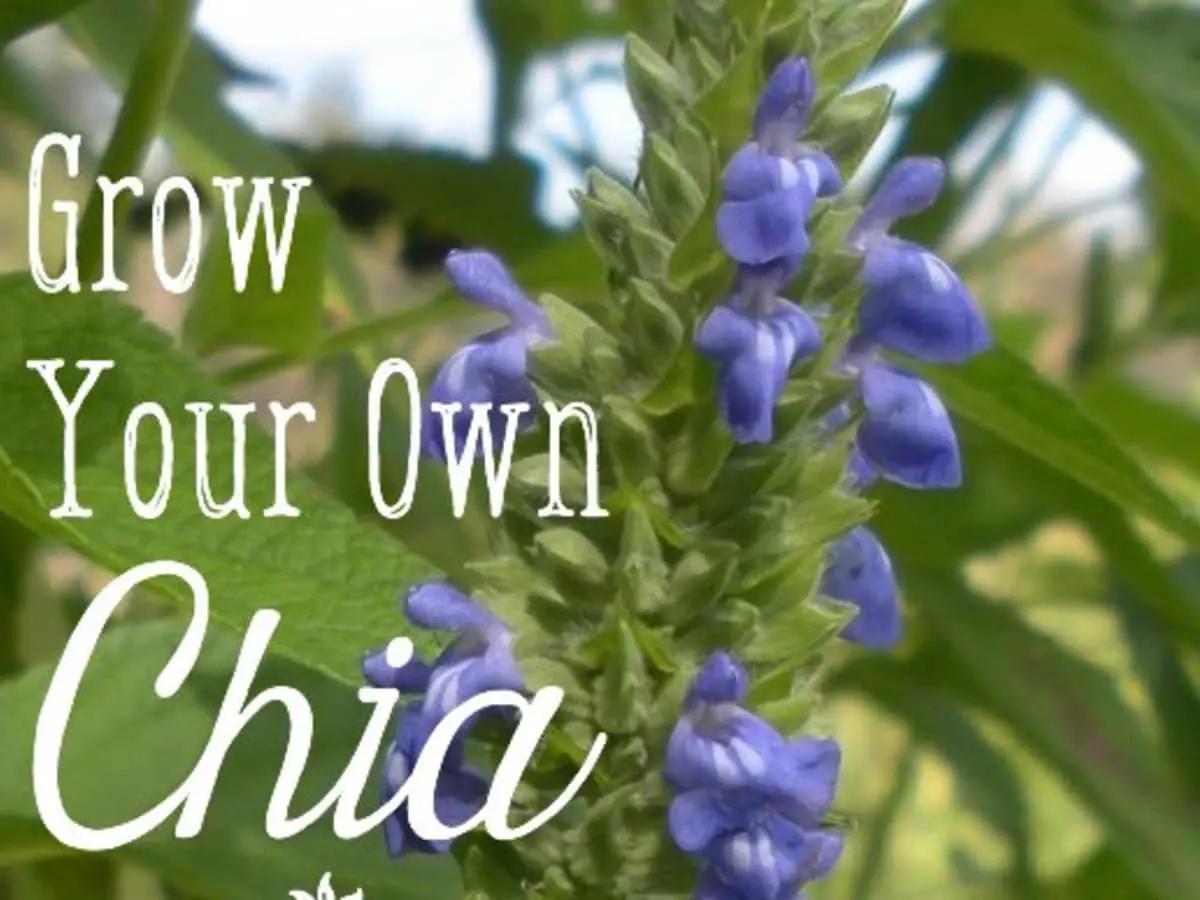
Two plants are named Chia: Salvia hispanica and Salvia columbaria. Salvia hispanica, commonly called Chia, is a member of the mint family and a flowering plant that can reach up to 5.7 feet in height. Its leaves are moderate, ranging from 1.6 to 3.1 inches in length and 1.3 to 2 inches in width.
This plant is famous for its versatile use in everything from food to medicine to cosmetics. Its tiny black and white seeds have earned it the nickname “superfood” due to its high nutrient content, including fiber, protein, calcium, and omega-3 fatty acids.
Where is chia seed obtained from?
Salvia hispanica L.
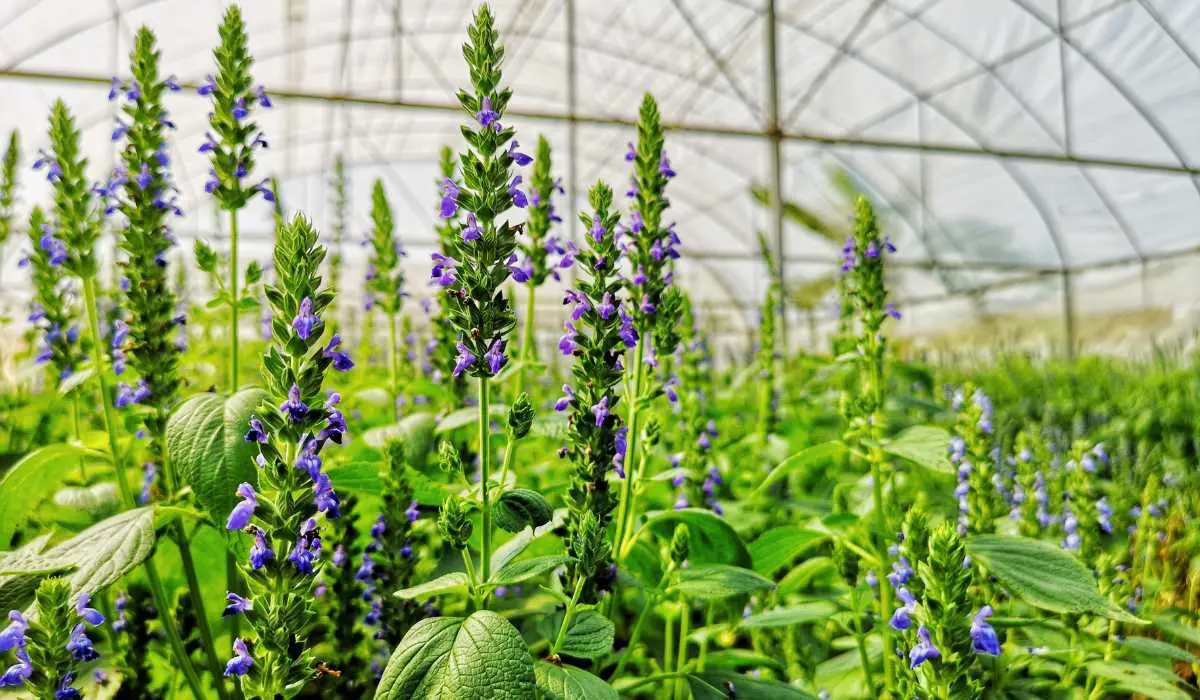
Chia (Salvia hispanica L.), a tiny seed derived from the annual herbaceous plant, Salvia hispanica L., has garnered immense attention in recent years owing to its remarkable nutritional and medicinal properties. This tiny seed is obtained through a meticulous process that involves harvesting the plant’s mature flowers and allowing them to dry out before extracting the seeds. Interestingly, chia seeds are brimming with vitamins, minerals, fiber, and antioxidants, making them a superfood ideal for weight management, heart health, and optimal digestion.
These exceptional qualities, coupled with their ease of use and versatility, have all contributed to the widespread popularity of chia seeds in the health and wellness community. So, where is chia seed obtained from? The answer is Salvia hispanica L., an annual herbaceous plant renowned for the exceptional chia seed it produces.
Where does chia grow naturally?
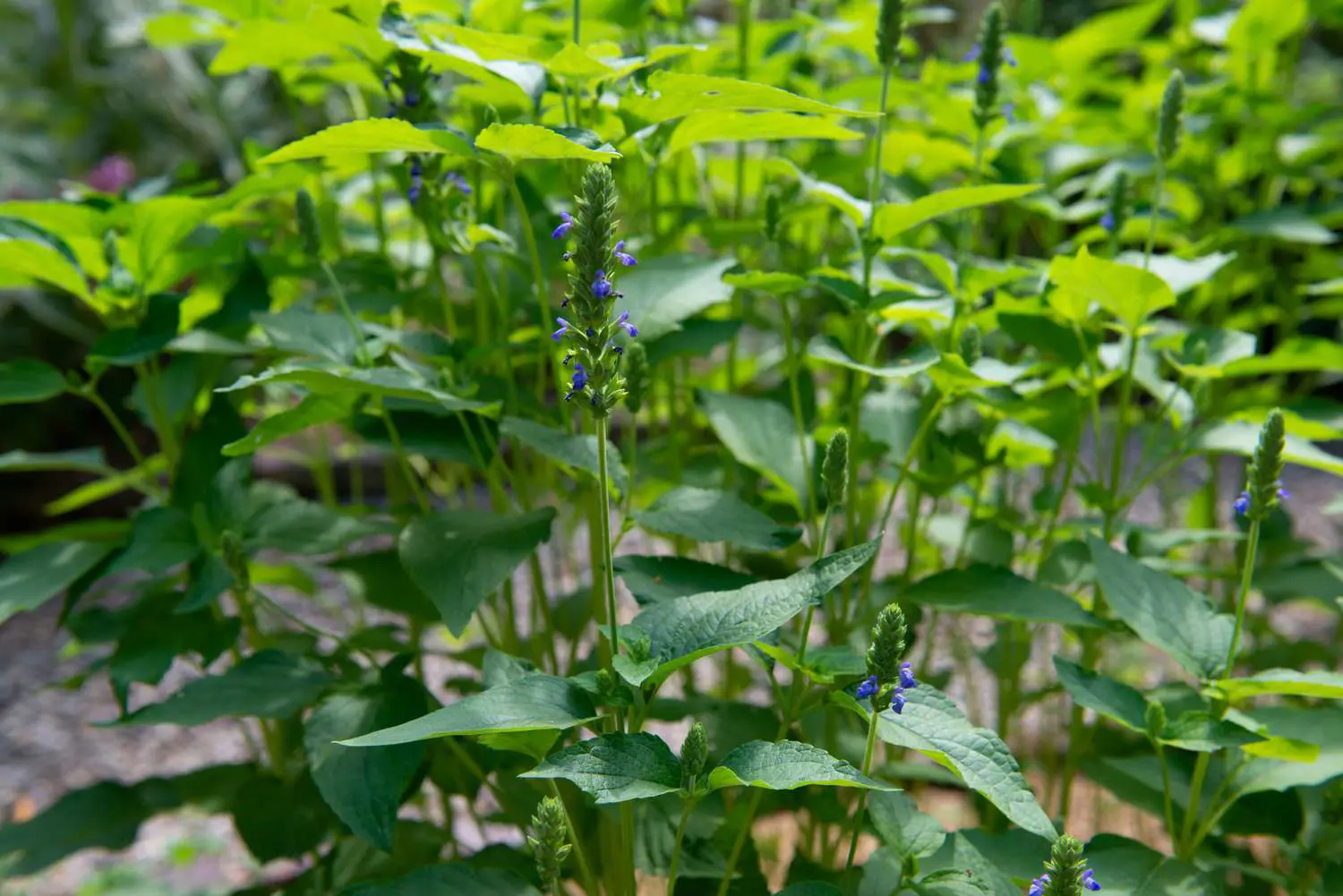
If you’re wondering where Chia grows naturally, you’ll be interested to know that the plant is indigenous to the regions of Mexico and Guatemala. Long before the arrival of the Europeans, Chia was already an important crop for the pre-Columbian Aztecs and other Indian cultures in Mesoamerica.
Chia’s cultivation can be traced back to 3500 BCE when it was grown for medicinal and nutritional purposes. Today, chia seeds remain a staple in many Latin American dishes, and their popularity as a superfood has spread worldwide. So, if you want to add nutritional value to your diet, consider adding this ancient grain to your daily routine!
Which country has the best chia seeds?
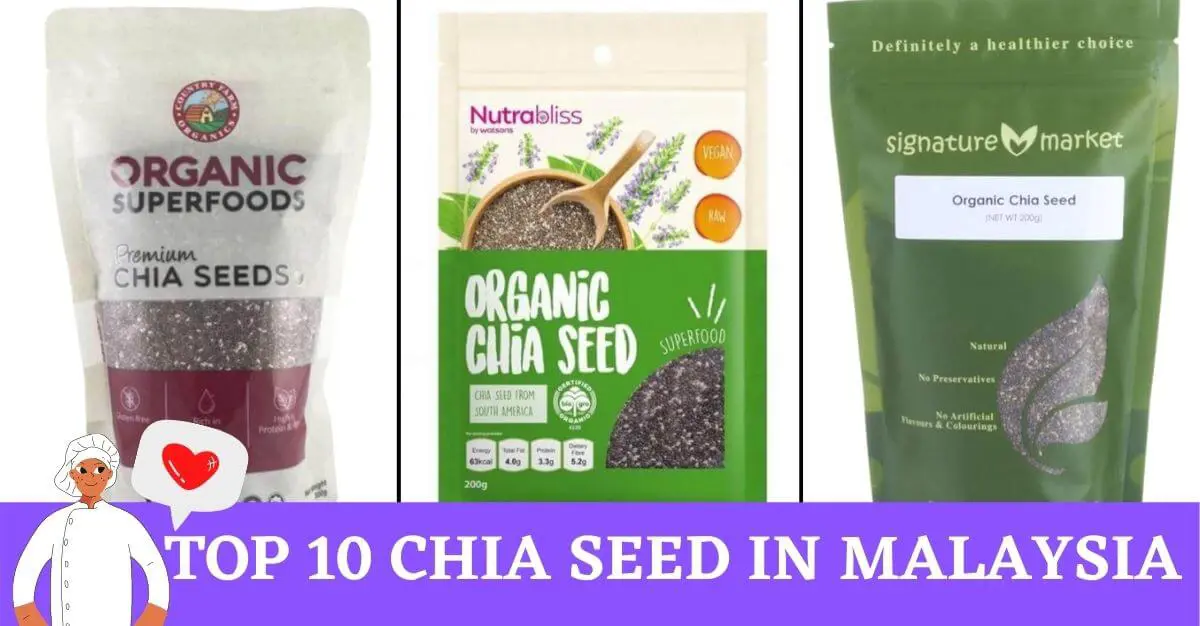
Look no further than Mexico, Ecuador, and Bolivia. These three countries have a long history of producing chia seeds and boast optimal conditions for their growth. With warm temperatures, high altitudes, and fertile soil, these regions are ideal for cultivating the most nutritious chia seeds.
The chia seeds grown in these countries are renowned for their superior quality and nutrient density. So, if you’re seeking the best chia seeds for a healthy diet, consider choosing those harvested from Mexico, Ecuador, or Bolivia.
Where are the chia seeds in the plant?

Now that your chia plants have matured and established themselves, it’s time to reap the benefits by allowing them to self-sow each fall. These plants, which belong to the salvia family, are well-loved by pollinators due to their striking similarities with other attractive salvia flowers.
However, did you know that these plants can also self-pollinate? It’s a characteristic that distinguishes chia plants from other salvia species, allowing them to thrive in environments with minimal pollinator activity. As the chia seeds mature, they will form small seed heads nestled underneath the vibrant flowers. So the answer to the question: “Where are the chia seeds in the plant?” is simple – they can be found in these small, compact seed heads below the flowers.
